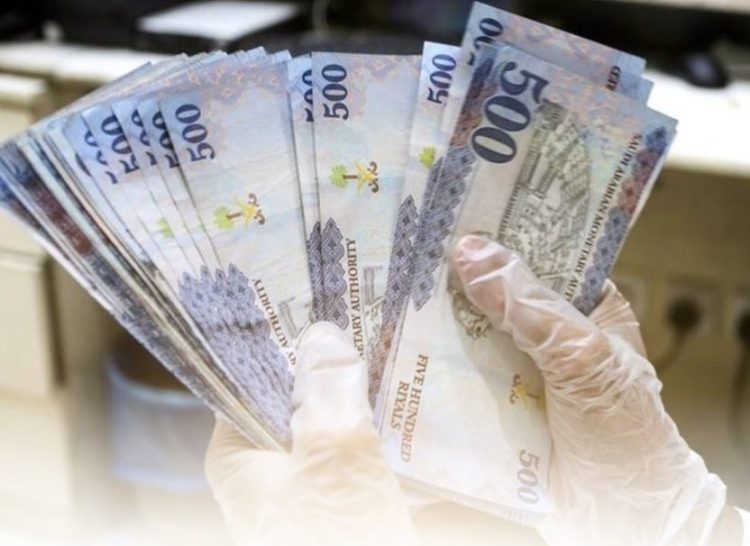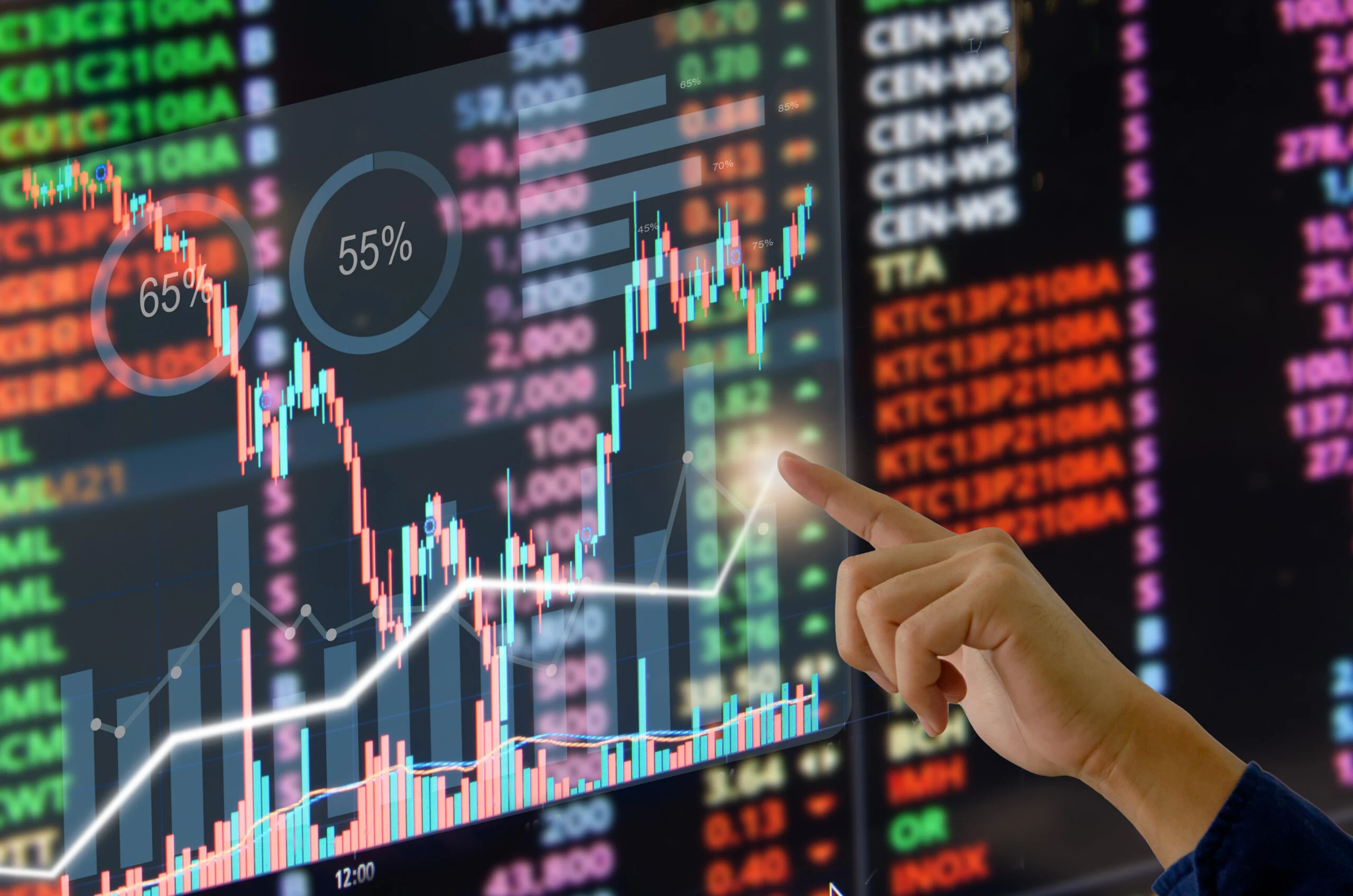Publisher: Maaal International Media Company
License: 465734
Saudi Arabia continues its expansionary and stimulus fiscal policy
اقرأ المزيد
The quarterly report of the Saudi budget, issued this week, revealed that there is a noticeable increase in the volume of expenditures during the first quarter of this year 2023 by 29% compared to the same quarter of last year, in an indication of the expansionary and stimulus policy of Saudi fiscal policy in line with the great momentum it is witnessing. Indicators of the Saudi economy during the past year and the first three months of this year in light of the successive success of the programs and policies of the Kingdom’s Vision 2030.
According to quarterly data, the total budget expenditures during the first quarter of this year amounted to about 284 billion riyals, compared to about 220 billion riyals for the same period last year, an increase of 64 billion riyals that was pumped into the Saudi economy.
The data shows that the capital expenditure item (non-financial assets) recorded the highest rate of increase among other expenditure items, after it jumped 75% to about 26 billion riyals in just 3 months, compared to about 14.8 billion riyals for the same period last year 2022.
The item on the government’s use of goods and services also recorded the second highest increase, with an increase of 70%, to record 54 billion riyals during the first quarter of this year, compared to about 31.8 billion riyals for the same period last year.
Thus, the increase in the items of capital spending and the government’s purchase of goods and services accounted for about 52% of the increase in spending during the first quarter of this year (64 billion riyals), with an estimated amount of 33.5 billion riyals, which reflects the expansionary policy of the Saudi government. To stimulate the economy to continue its strong growth rates
The government’s financial policy is the most prominent output of the Kingdom’s Vision 2030, which the Ministry of Finance has been able to manage efficiently in recent years and has been praised by international institutions, if this policy contributed to the speedy recovery of the Saudi economy in the wake of the Corona pandemic, to come at the forefront of the economies of the G-20 countries and countries of the world. The growth rate was 8.7%
The International Monetary Fund had welcomed the Kingdom’s commitment to preserving the sustainability of public finances and the efforts made to avoid keeping pace with the trends of the economic cycle by setting a spending ceiling that is not affected by fluctuations in oil prices. The Fund indicated that the risks of financial stability are well contained, as the levels of profitability, liquidity and capitalization are good at the level of the banking system. The Fund’s mission also expected that the impact resulting from the further tightening of global monetary policy conditions would be limited on credit growth and non-oil GDP, and positive on the profitability of the banking sector.








